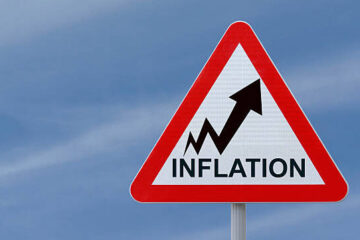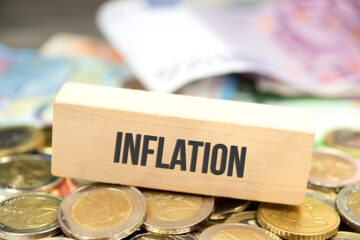The past decade saw a relatively stable housing market with historically low mortgage rates. From 2010 to 2019, mortgages averaged between 3.5 and 5.5%, but COVID-19 lockdowns pushed that average down to 2.7% at the end of 2020.
The housing market remained hot until interest rates started creeping up in mid-2022, when the Fed began increasing interest rates to curb inflation. This two-year streak of rate hikes helped bring inflation close to the Fed’s 2% target but dampened the housing market and consumer confidence.
💸💰 Don’t miss the move: Subscribe to TheStreet’s free daily newsletter 💰💸
Housing affordability, low inventory, and high mortgage rates have made prospective home buyers hesitant to commit in an uncertain market. Though mortgage rates are likely to taper eventually, years of high rates have made buyers uneasy and potential sellers unlikely to enter the market.
However, the tide may be turning now that the Fed has cut interest rates again, and consumers know who will be the next president.
Demand and inventory will likely increase as consumers feel more confident in the market and the construction industry enters a building-friendly environment.
A couple celebrates the purchase of a new house.
Shutterstock
Home buyers are slowly regaining confidence despite prices and mortgage rates
Prospective home buyers have been uneasy about the state of the housing market since mortgage rates skyrocketed in 2022 and then hit a 20-year peak in October 2023. Despite mortgage rates increasing slightly, consumers may be warming to the idea of buying a home in light of recent interest rate cuts.
More on homebuying:
Is there a housing bubble on the horizon?Cash is king: High mortgage rates are changing home-buying trendsDave Ramsey explains how your mortgage is key to early retirement
Fannie Mae’s October 2024 Home Purchase Sentiment Index increased to 74.6, its highest level since February 2022, when mortgage rates began climbing. The share of consumers who believe now is a good time to buy a house increased to 20%, with many citing the expectation of falling mortgage rates and home prices.
While this is welcome news, four out of five Americans still believe it is not a good time to buy a home. Conversely, nearly two-thirds (64%) of consumers think it’s a good time to sell a home, though that is slightly lower than previous months.
Most Americans still view the current housing conditions as a seller’s market, and it will likely take significantly lower mortgage rates to change that sentiment.
If mortgages continue to rise and uncertainty over the incoming presidential administration’s policies persists, the improvement in consumer confidence may be short-lived.
Builders are optimistic post-election, but challenges persist
Builders, in particular, are celebrating the notion of a low-regulation construction industry.
Wells Fargo and the National Association of Home Builders (NAHB) released their November Housing Market Index, and the results show that builders are feeling optimistic about market conditions after a Republican presidential win.
Related: Dave Ramsey explains how your mortgage is key to early retirement
Confidence in current home sales conditions, sales conditions within six months, and prospective buyer traffic all increased substantially but economists note the industry is still struggling due to labor shortages and an increase in the cost of building materials.
Donald Trump is expected to make sweeping regulatory cuts to improve ease of building and increase housing inventory to boost market supply. However, if blanket tariffs are imposed, the cost of lumber and steel could skyrocket, and the price may be passed onto consumers.
Whether home buyer and builder confidence continues depends on how new economic policies impact interest rates and home prices.
Related: Veteran fund manager sees world of pain coming for stocks


